How to Perform a Firewall Audit in 11 Steps (+Free Checklist)
eSecurity Planet
FEBRUARY 21, 2024
A firewall audit is a thorough procedure that requires your IT and security teams to look closely at your firewall documentation and change management processes. Your team may want to use a specific software to track the list of objectives and steps, or you may just use a Google or Word document and share it with relevant stakeholders.

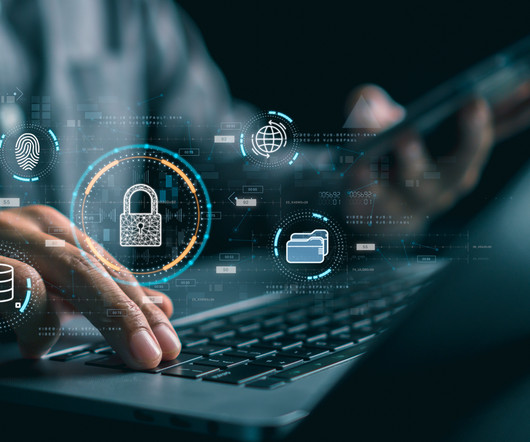
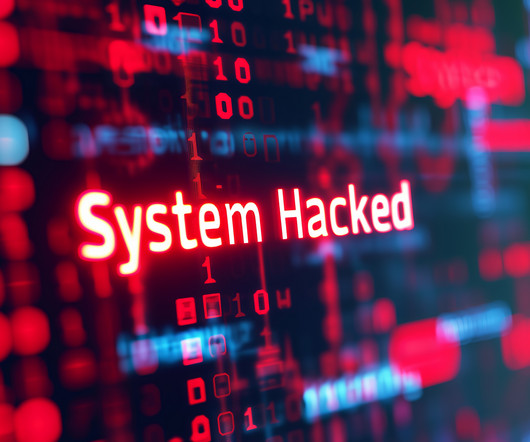
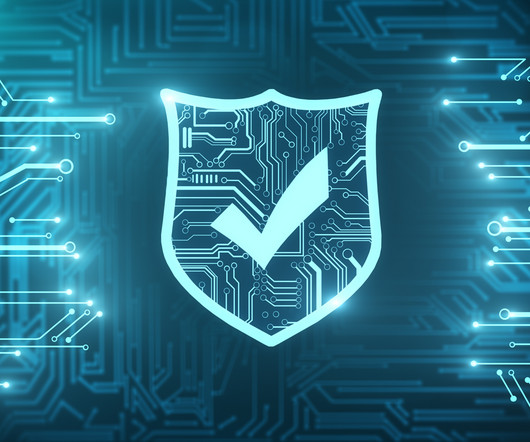
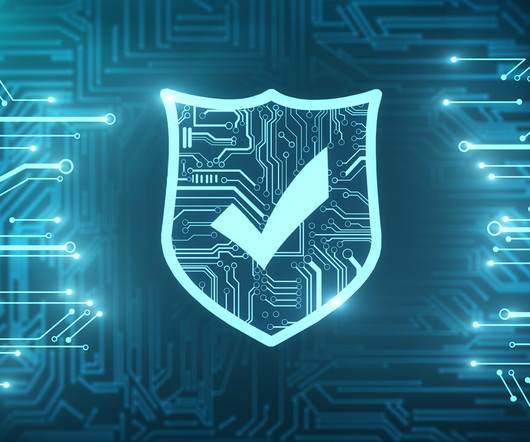
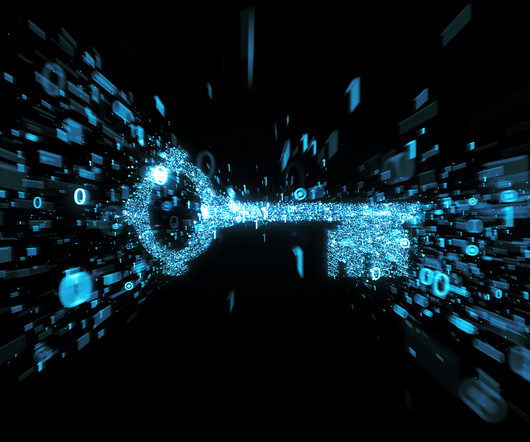







Let's personalize your content